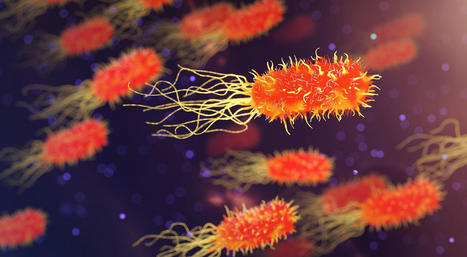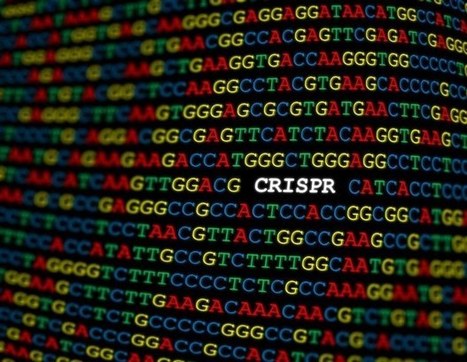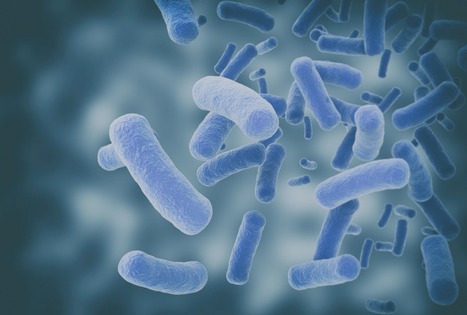The Danish creeks, Odense Å and Lindved Å, have surprised researchers and students at SDU by containing previously unknown virus species. "We have found five new species that we believe are unknown to science," said associate professor Clare Kirkpatrick, who studies bacterial stress-response at the Department of Biochemistry and Molecular Biology at University of Southern Denmark. The somewhat surprising discovery was made during the coronavirus pandemic, when some of Kirkpatrick's students could not carry out their normal microbe studies in the laboratory and therefore went on field trips to local creeks to see if they had any interesting microbes to offer. The fact that viruses exist in nature is not surprising, as they are the world's most widespread organism. They are everywhere and part of all kinds of microbial cycles and ecosystems, but the fact that five potentially new species have appeared in local creeks, did surprise Clare Kirkpatrick. While four of the five have not yet had their genome mapped in a genome sequencing, one species has now been fully sequenced, scientifically described, named and published in Microbiology Resource Announcements. The name is Fyn8. Many viruses are so-called bacteriophages (or phages), meaning that they kill bacteria, and Fyn8 is no exception. It can attack and kill the bacteria Pseudomonas aeruginosa.
Pseudomonas aeruginosa is a bacterium found naturally in soil and water. It is normally harmless towards healthy people, but like many other bacteria it has developed resistance to antibiotics and is found in hospitals. For example, patients with wounds (like burn patients) and ventilator patients are at risk of getting an infection that cannot be fought with antibiotics. The researchers have no doubt that Fyn8 can effectively kill Pseudomonas aeruginosa: "We could see it with the naked eye: Clear holes appeared in the layer of Pseudomonas aeruginosa bacteria in our petri dishes, where Fyn8 had infected the bacterial cells, killed them, multiplied and proceeded to attack the next." Considering that the world is facing a resistance crisis, where more people will die from an infection with resistant bacteria than from cancer, the new finding is of course interesting and raises an significant question: Can phages help us in the fight against resistant bacteria? Research in this field has been uncommon until recently, both in academic research institutions and in pharmaceutical companies. In the past and in other parts of the world however, there has been some research, and phages have also been used to treat infections in Eastern European countries in particular.
The phages were discovered at the beginning of the 20th century by researchers who had their bacterial cultures destroyed by virus infections. The benefits of that discovery were obvious, but antibiotics, not phages, became the most widespread cure against bacterial infections. One reason was perhaps that antibiotics were easy to produce and easy to use, while the phages were difficult to isolate and give to patients. Another reason was probably also that an antibiotic dose could kill many different bacteria, while a phage only matches with a single bacterial species. "But today it is relatively easy to make precision medicine for the individual patient. First you find out what exact bacteria a patient is infected with—and then you can treat the patient with exactly the phage that will kill the bacteria," explained Clare Kirkpatrick. She adds that this strategy works even on bacteria which are resistant to all known antibiotics. Time will tell whether there are more new virus species in the local creeks near University of Southern Denmark campus, but it is quite probable, Clare Kirkpatrick believes that "many, many more are waiting to be discovered."
Research published in Bacteriophages (Feb. 13, 2023):



 Your new post is loading...
Your new post is loading...









